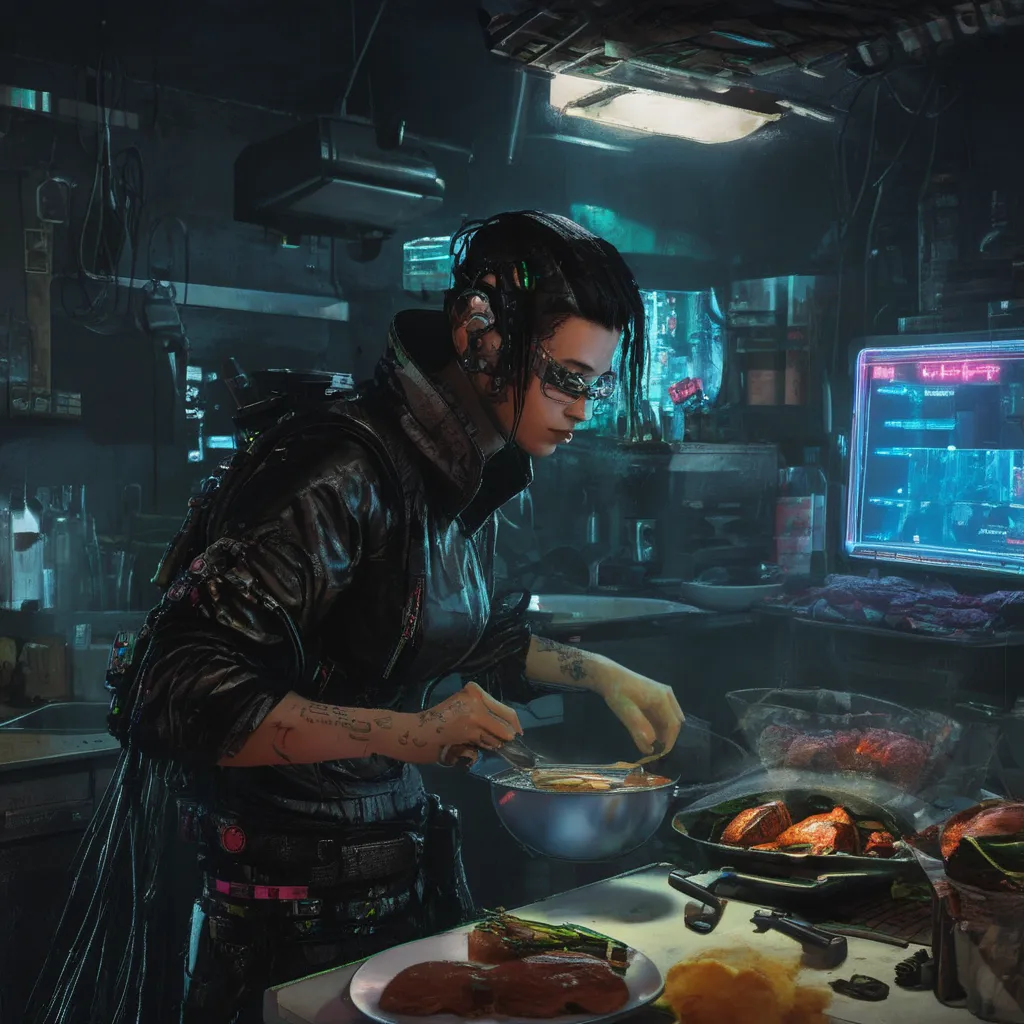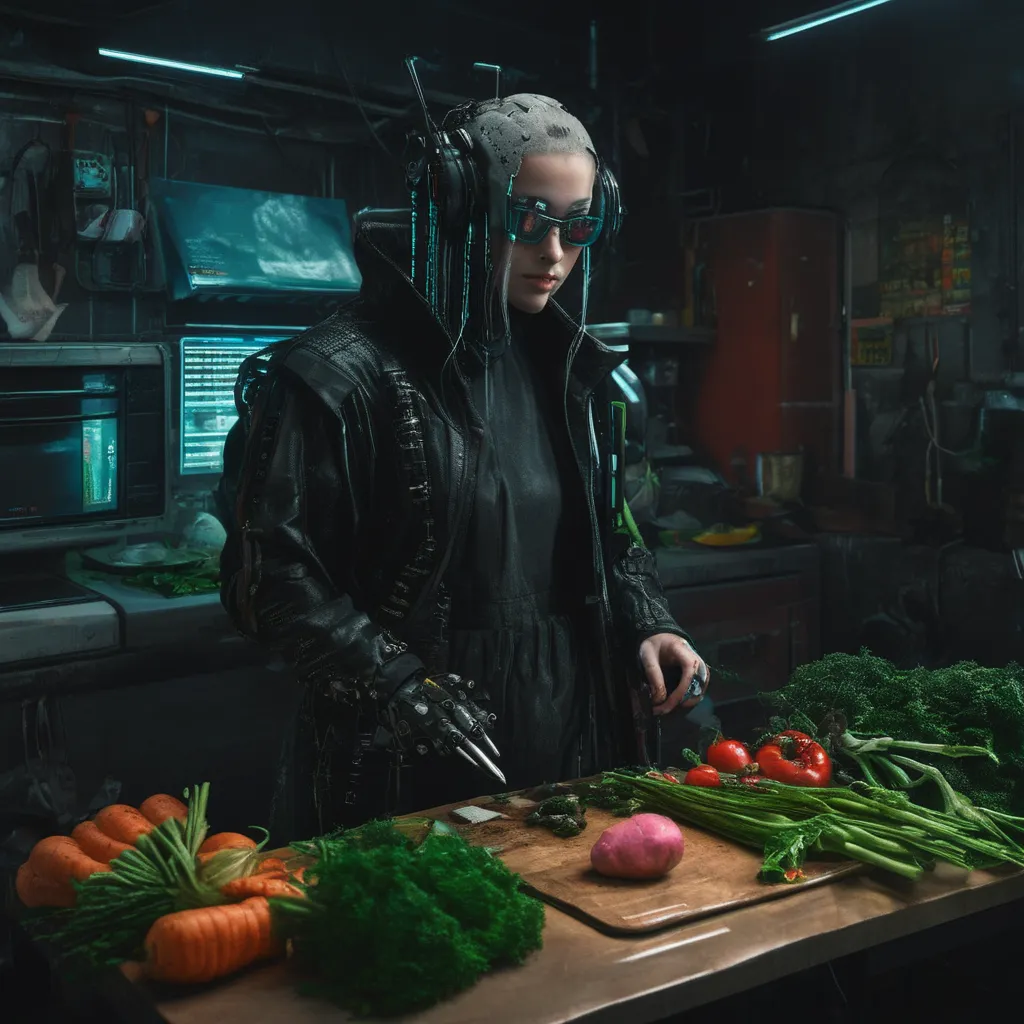



Mastering the Basics: Essential Cooking Methods for Success
As a young individual seeking personal growth and success in cooking, it’s essential to build a strong foundation by mastering the fundamental cooking methods. These techniques will not only elevate your dishes but also open up a world of possibilities in the kitchen. In this article, we’ll explore the basic cooking methods that every aspiring chef should focus on mastering.
1. Roasting: The Art of Even Cooking
Roasting is a dry-heat cooking method that uses hot air to cook food evenly. This technique is perfect for cooking meats, vegetables, and root vegetables. To master roasting:
- Preheat your oven to the correct temperature (usually between 325°F to 425°F).
- Season your ingredients with salt, pepper, and any other desired spices.
- Place the ingredients in a single layer on a baking sheet or roasting pan.
- Roast for the recommended time, ensuring even browning and caramelization.
2. Sautéing: Quick and Delicious
Sautéing is a fast-paced cooking method that uses high heat to cook ingredients quickly. This technique is ideal for cooking proteins, vegetables, and aromatics. To master sautéing:
- Heat a pan with a small amount of oil over medium-high heat.
- Add aromatics (onions, garlic, ginger) and cook until fragrant.
- Add the main ingredients in batches, if necessary, to prevent overcrowding.
- Stir frequently to ensure even cooking and browning.
3. Grilling: The Perfect Char
Grilling is a high-heat cooking method that uses direct heat to achieve a perfect char on the outside while keeping the inside juicy. This technique is perfect for cooking meats, seafood, and vegetables. To master grilling:
- Preheat your grill or grill pan to medium-high heat.
- Season the ingredients with salt, pepper, and any other desired spices.
- Place the ingredients on the grill and cook for the recommended time, flipping occasionally.
- Achieve a nice char by not pressing down on the ingredients.
4. Boiling: A Simple yet Effective Method
Boiling is a moist-heat cooking method that uses liquid to cook ingredients evenly. This technique is perfect for cooking pasta, potatoes, and other starchy vegetables. To master boiling:
- Fill a pot with enough water to cover the ingredients.
- Add salt and any other desired seasonings.
- Bring the water to a boil, then reduce heat to a simmer.
- Cook for the recommended time or until the ingredients are tender.
5. Steaming: A Healthy and Gentle Method
Steaming is a moist-heat cooking method that uses steam to cook ingredients without added fat. This technique is perfect for cooking delicate fish, vegetables, and seafood. To master steaming:
- Fill a pot with water and bring it to a boil.
- Place the ingredients in a steamer basket or on a heatproof plate.
- Cover the pot and steam for the recommended time or until the ingredients are tender.
6. Braising: Tenderizing Tough Cuts
Braising is a cooking method that uses low heat and moisture to cook tougher cuts of meat, like pot roast or short ribs. This technique is perfect for cooking comfort food dishes. To master braising:
- Brown the ingredients in a pan with oil over medium-high heat.
- Add aromatics and cook until fragrant.
- Add liquid (stock or wine) to cover the ingredients.
- Cover the pan and simmer on low heat for an extended period.
Conclusion
Mastering these basic cooking methods will provide a solid foundation for your culinary journey. By focusing on roasting, sautéing, grilling, boiling, steaming, and braising, you’ll be able to tackle a wide range of recipes with confidence. Remember to practice regularly, experiment with new ingredients, and never stop learning. Happy cooking!
Help your friends to become a better version of themselves by sharing this article with them:
